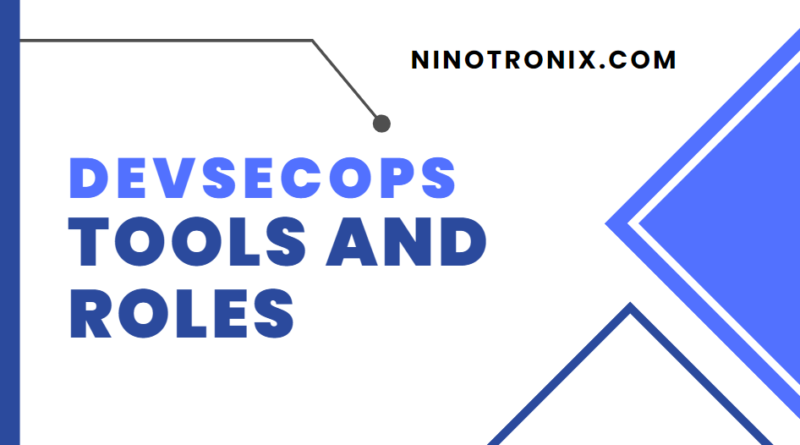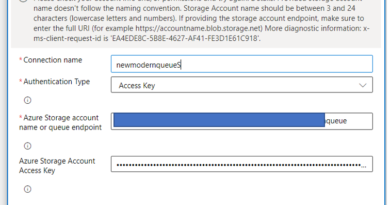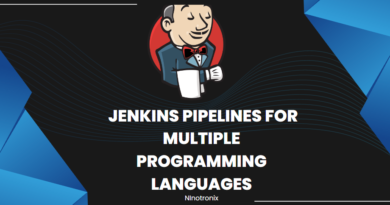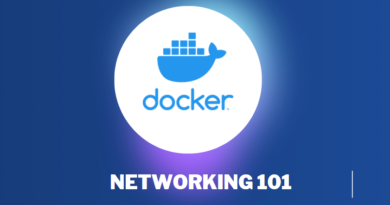The ABCs of DevSecOps Engineering: Understanding the Terminology and Tools
DevSecOps is an approach to software development and delivery that emphasizes the integration of security practices into the entire DevOps process. A DevSecOps engineer is a professional who is responsible for ensuring that security is integrated into the software development lifecycle from the very beginning.
Here are some tools and software that a DevSecOps engineer might use:
- Static Code Analysis Tools: These tools analyze source code for vulnerabilities and security flaws. Examples include SonarQube, Checkmarx, and Veracode.
- Vulnerability Scanners: These tools scan systems and applications for known vulnerabilities. Examples include Nessus, OpenVAS, and Qualys.
- Dynamic Application Security Testing (DAST) Tools: These tools analyze running applications for vulnerabilities and security flaws. Examples include Burp Suite, OWASP ZAP, and Acunetix.
- Web Application Firewalls (WAF): A WAF is a security tool that sits in front of web applications and analyzes traffic to detect and block attacks. Examples include ModSecurity, Akamai WAF, and AWS WAF.
- Security Information and Event Management (SIEM) Tools: These tools collect and analyze security event data from multiple sources to detect and respond to security incidents. Examples include Splunk, LogRhythm, and IBM QRadar.
- Container Security Tools: These tools are designed to secure containers, which are lightweight, standalone software packages that contain everything needed to run an application. Examples include Aqua Security, Sysdig Secure, and Twistlock.
- Infrastructure as Code (IaC) Tools: These tools allow DevSecOps engineers to define and manage infrastructure and security policies as code. Examples include Terraform, CloudFormation, and Ansible.
- Identity and Access Management (IAM) Tools: These tools manage user identities and access to resources in a secure and auditable manner. Examples include Okta, Ping Identity, and Microsoft Azure Active Directory.
- Encryption and Key Management Tools: These tools are used to encrypt data and manage cryptographic keys. Examples include AWS KMS, Google Cloud KMS, and HashiCorp Vault.
- Continuous Integration and Delivery (CI/CD) Tools: These tools automate the software delivery pipeline, allowing developers to quickly and securely deploy changes to production. Examples include Jenkins, GitLab, and CircleCI.
These are just some examples of the many tools and software that a DevSecOps engineer might use to ensure that security is integrated into the software development lifecycle.




